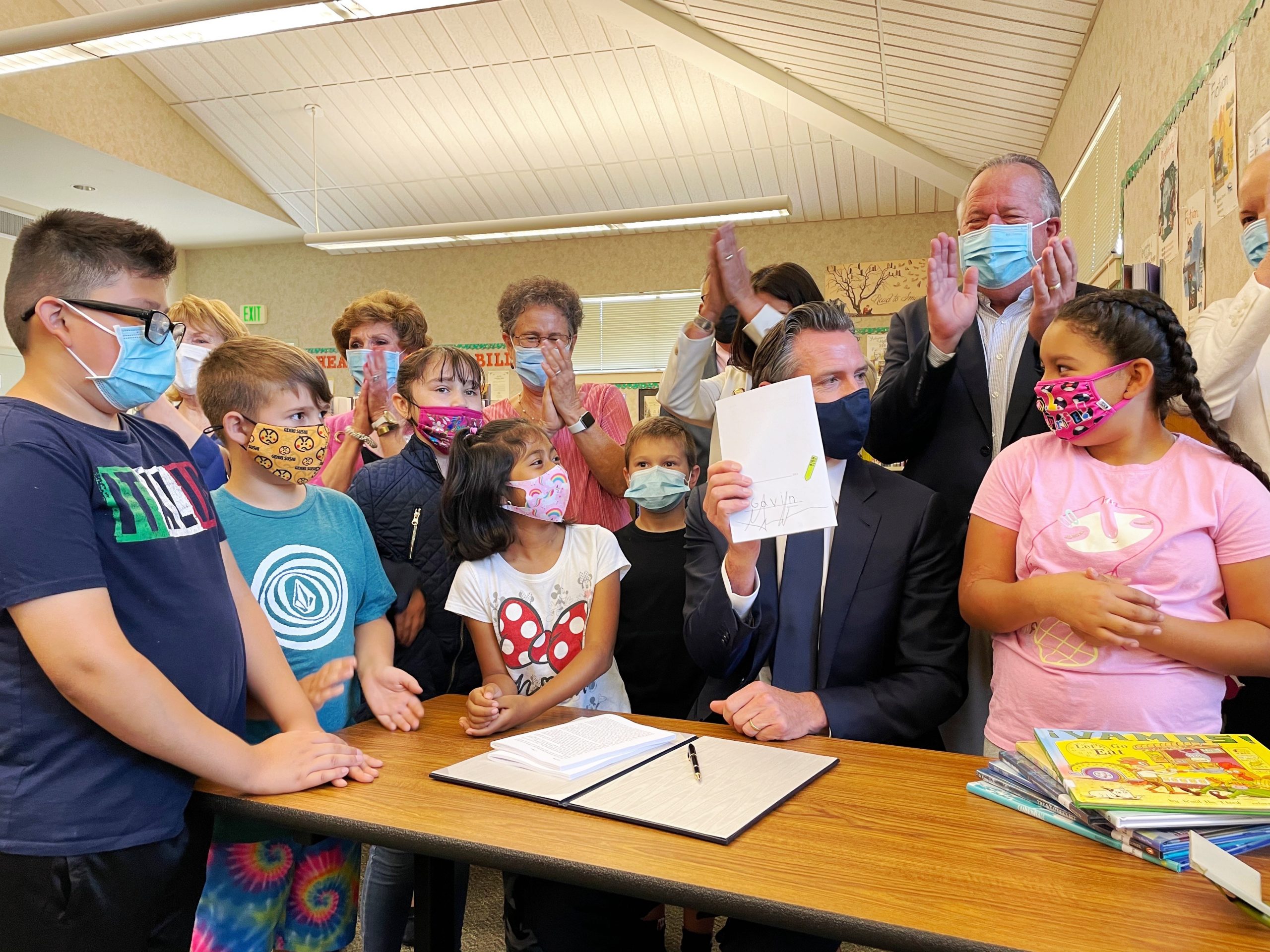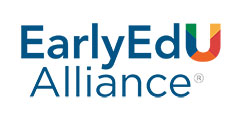California Transitional Kindergarten – Introduction
California Transitional Kindergarten Case Study
Introduction
California is remaking its public school system to enhance early learning and school readiness by implementing transitional kindergarten (TK), which provides a free option for 4-year-olds whose families do not meet the income limits for state pre-k and Head Start. California’s planned implementation of universal TK in 2025–26 will expand preschool access to 400,000 children. Universal TK is intended to close some of the most pronounced achievement gaps in the nation and promote equity in early learning by providing children and families more options and access to free preschool education. While TK offers an additional year of public school to all of California’s 4-year-olds, it is one of many options for preschool in the state—including state preschool, Head Start, and community-based programs— that collectively comprise California’s universal preschool system.

The program is expensive, with an estimated cost of about $8.4 billion when it is fully implemented during the 2025–26 school year. It is also complicated as the 2021 state budget law that sets it in motion2John Fensterwald, et al. Lawmakers, Newsom Cut Deal on State Budget, EdSource, June 26,2021. includes: infrastructure improvements to make public K–12 school buildings and environments suitable for 4-year-olds; provisions for pre- and post-school care; benchmarks for teacher credentials, recruitment, and training; and ambitious student-to-teacher classroom ratio targets.
As it pursues these goals, the state faces significant implementation challenges that include:
- Demand for thousands of credentialed teachers and teaching assistants for the new TK classrooms when California is already experiencing a K–12 teacher shortage of 21,000.
- Operating within a persistent philosophical debate about how children learn and gain social confidence in the classroom.
- Recruitment of new educational leadership, primarily principals, in the wake of an exodus from public schools beginning even before the COVID-19 epidemic.
- Provision of social and health services provided in other preschool contexts such as Head Start.
- Coordination across California’s early childhood and K–12 education sectors is not fully aligned, as is the case in several other states.
Citations
- 1. Gov. Gavin Newsom, “California Roars Back: Governor Newsom Signs Historic Education Package to Reimagine Public Schools,” [press release], California Office of the Governor, July 9, 2021.
- 2. John Fensterwald, et al. Lawmakers, Newsom Cut Deal on State Budget, EdSource, June 26,2021.
